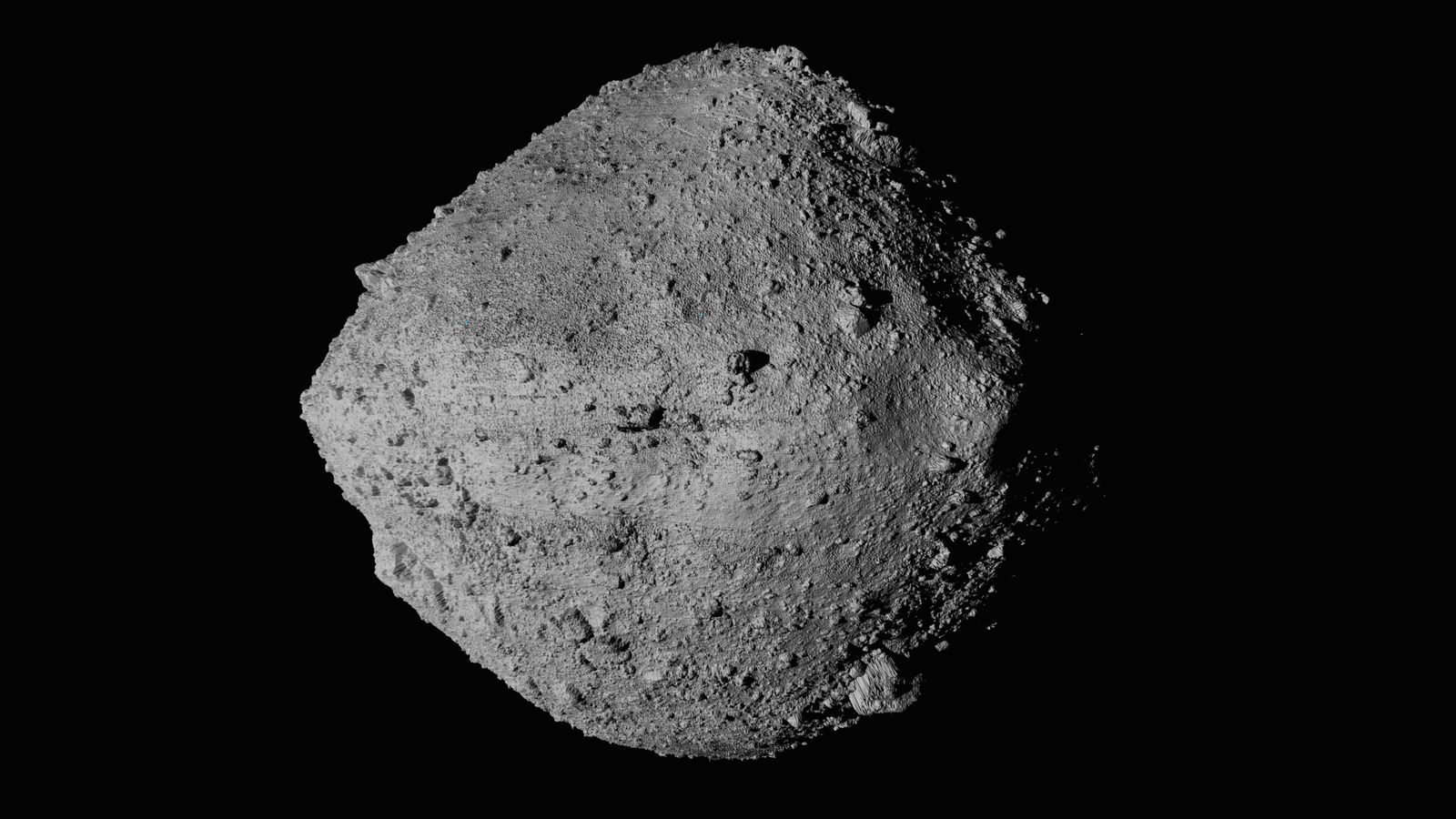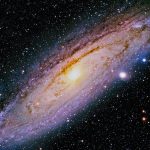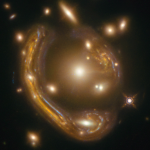Samples of a 4.5 billion-year-old asteroid could reveal the origins of life on the planet.
The teaspoon-sized specimen, taken from asteroid Bennu, is being examined by scientists at the Natural History Museum (NHM).
The black dust-like sample could help shed light on some of the biggest questions about how Earth was formed.
It could hold vital clues to the formation of the planets and our solar system, experts say.
Professor Sara Russell, senior research lead at the NHM, said: “We’re really excited at the moment because we’ve just taken receipt of a tiny teaspoonful of black powder, but it’s actually come from space.”
She added: “We’re really excited to get a piece of asteroid Bennu because we believe that this asteroid dates from the very earliest times of the solar system, when the solar system and the sun and the planets were forming four and a half billion years ago.
“It formed from a swirling disc of dust and gas, and we think that we might have components here of that time period.”
Image from James Webb telescope captures heart of Milky Way in ‘unprecedented detail’
Astronauts accidentally drop toolbox during space walk – and you could see it from Earth
Scientists discover oldest ever black hole and say it could explain universe’s mysteries
Please use Chrome browser for a more accessible video player
Prof Russell has already been examining the sample, which is contained in a nitrogen glovebox, meaning it is not being contaminated by being exposed to air, to preserve its natural state.
The task involves standing in front of the sealed box and using the attached gloves to conduct experiments.
Explaining what the sample may contain, she said: “It also, we think, contains minerals like clays that trap loads of water, so it might contain loads of water and that could tell us how the Earth got to be a watery habitable planet.
“Also, we think that it might contain several per cent of carbon, which might be in the form of organic carbon, so we need to investigate that further.
“But it could be that asteroids like Bennu also provided the nutrients that were needed for life to flourish on Earth.”
In September NASA Osiris-Rex (Origins, Spectral Interpretation, Resource Identification and Security – Regolith Explorer), became the first US mission to collect a sample from an asteroid and return it to Earth.
Scientists at the NHM are among an international team who have received some of the sample to analyse.
Bennu is a carbon-rich asteroid, containing roughly 5% by mass, some of which is organic.
Read more:
Image from James Webb telescope captures heart of Milky Way
NASA astronauts accidentally drop toolbox into space
Telescope captures first full-colour images of the universe
The team also believe it could have extra-terrestrial water trapped within its minerals.
Analysis of these minerals will help the team test the theory that asteroids delivered water to our planet 4.5bn years ago.
Prof Russell said: “When the Earth formed it was probably formed really, really hot, and things like water would have just boiled up and escaped into space, it would have been very dry when it first formed.
“So the question is, how did we get to be on this beautiful blue planet that’s covered in oceans?
“And it’s likely that the answer is because water was brought to it by impact of asteroids and comets from the outer solar system.”
The Museum is one of four UK institutes studying samples from NASA, along with the Open University, Oxford University and the University of Manchester.






















